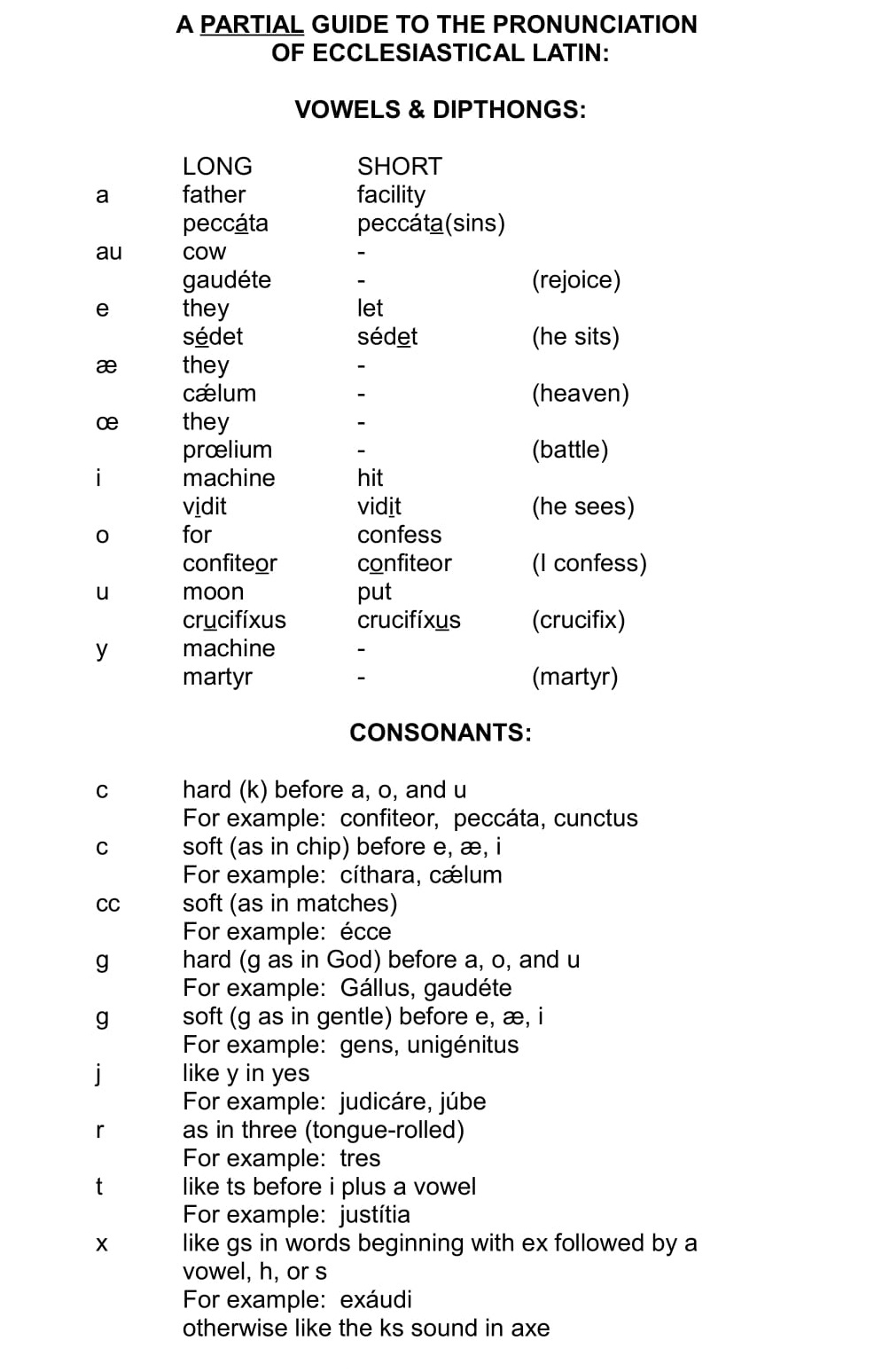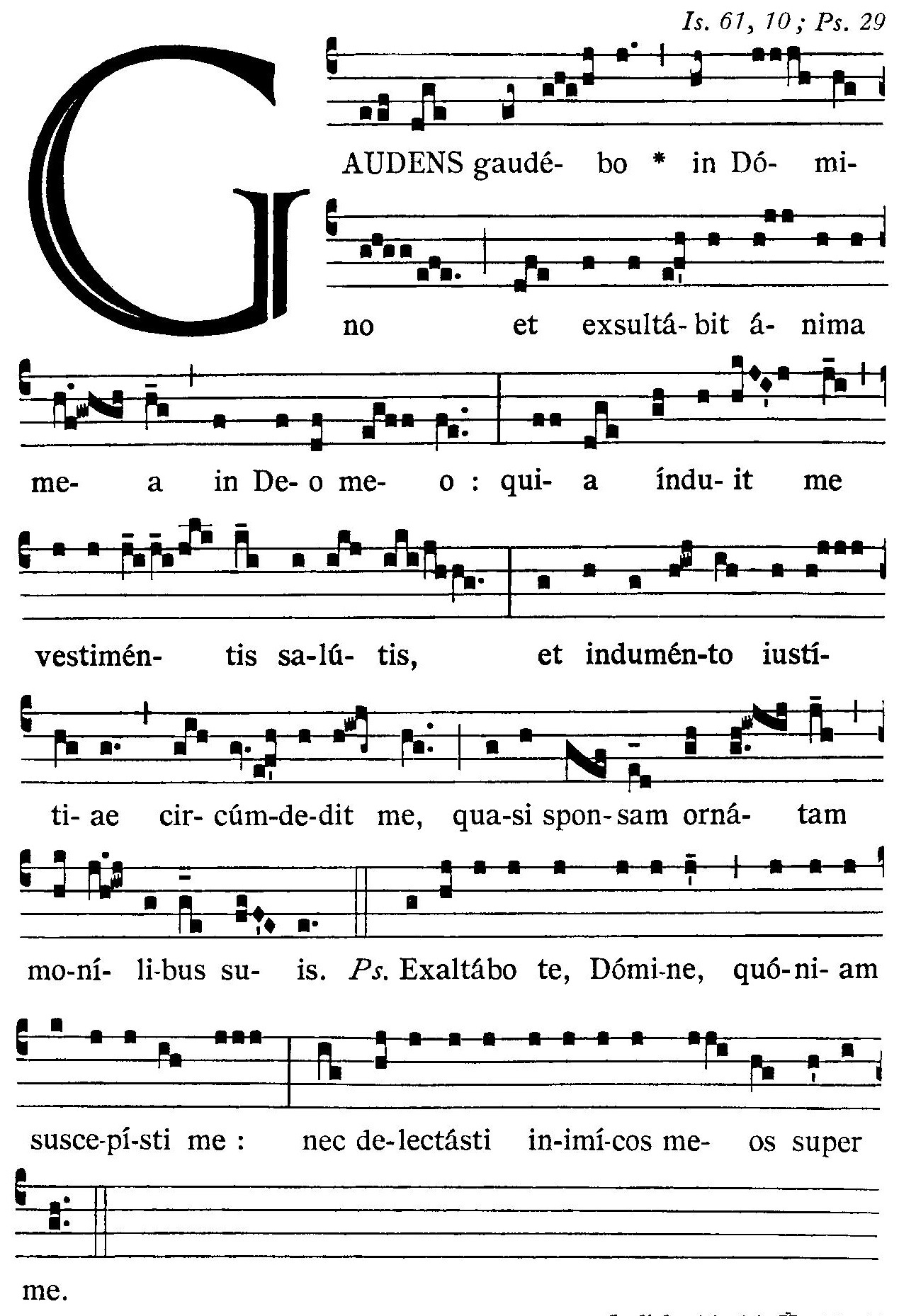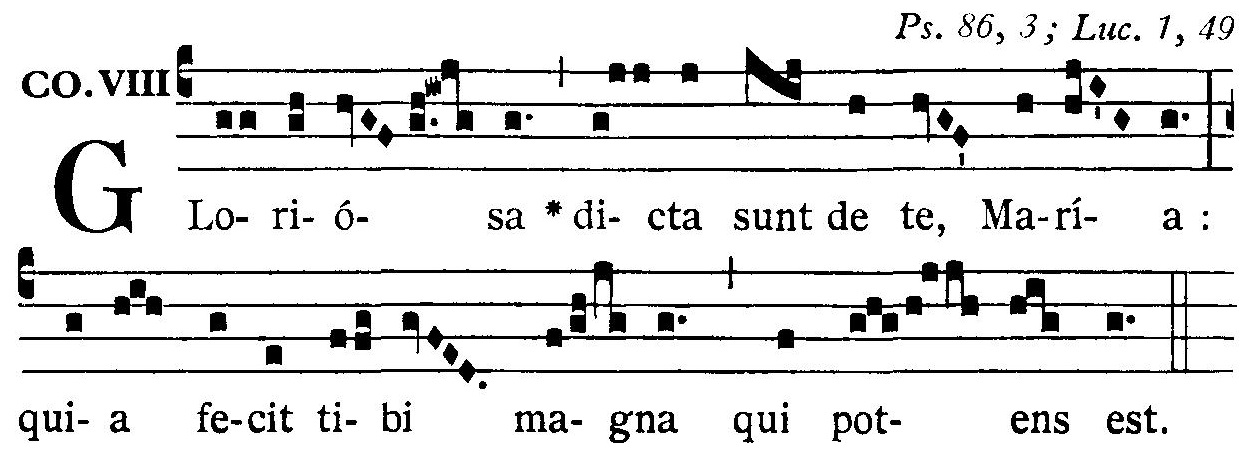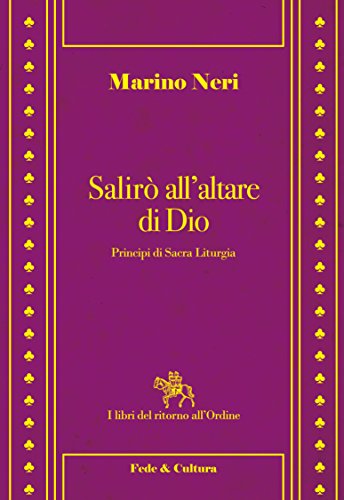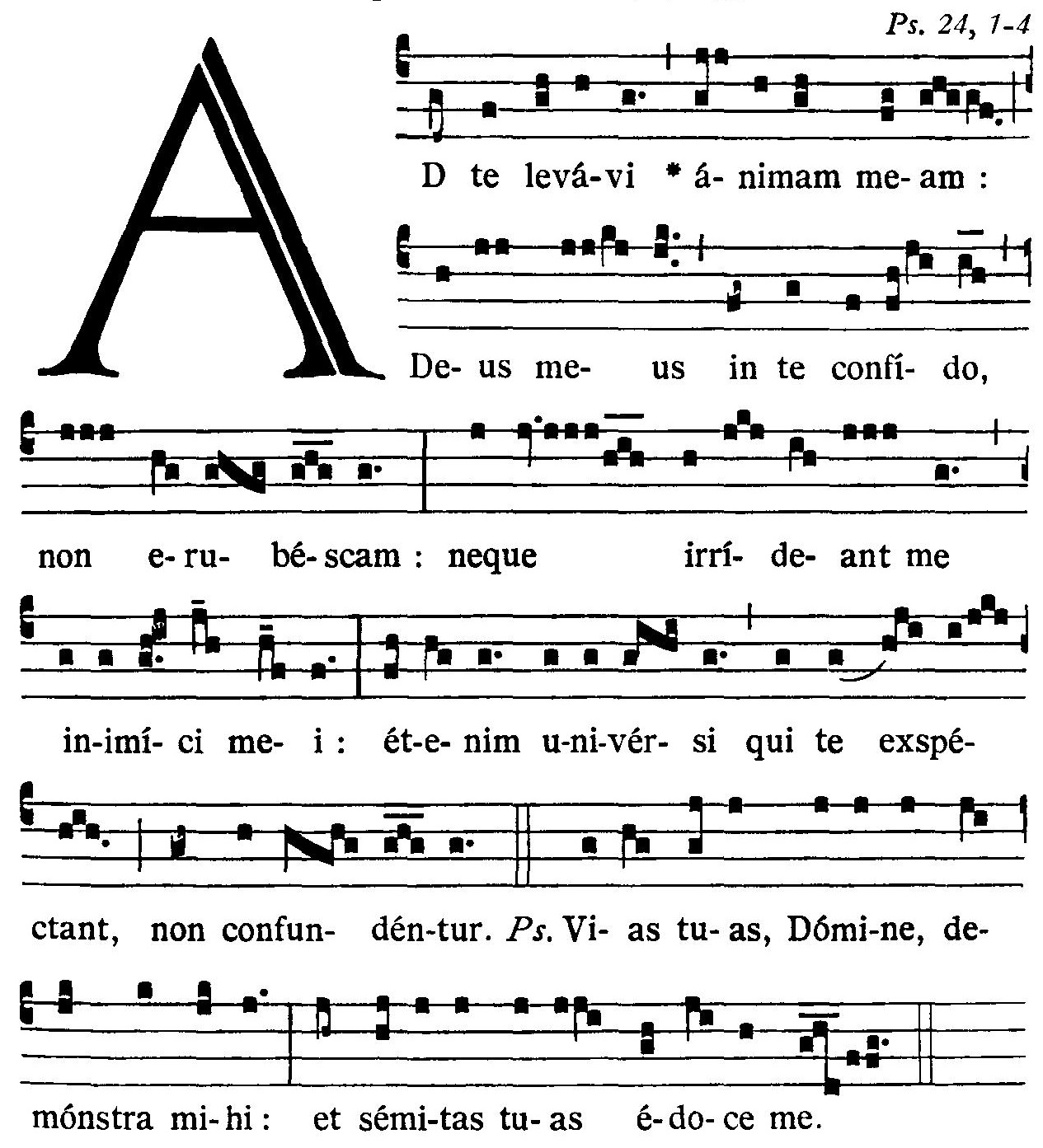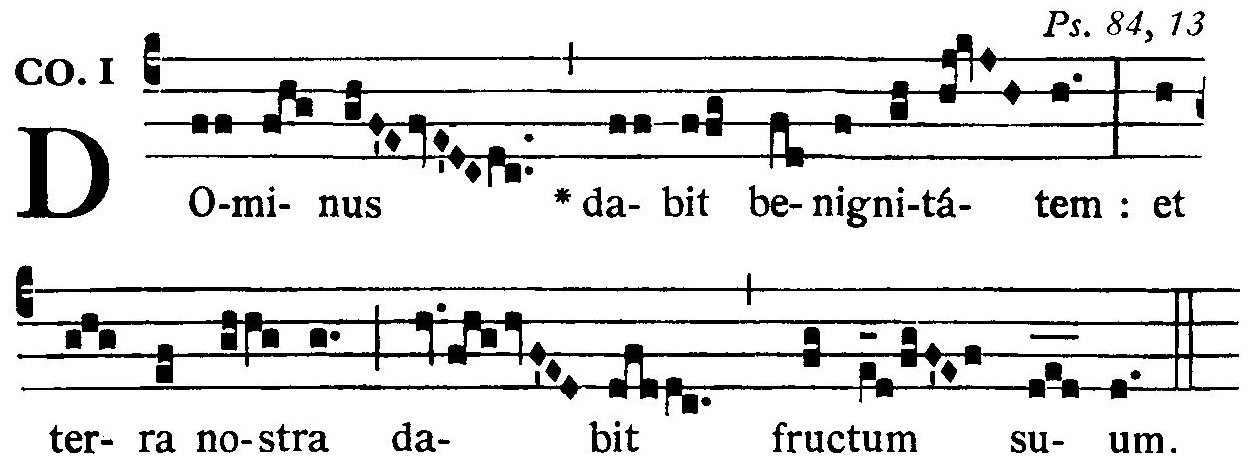December 4, 2018 (LifeSiteNews) – Today is the 55th anniversary of the promulgation of the Second Vatican Council’s Constitution on the Sacred Liturgy, Sacrosanctum Concilium, which took place on December 4, 1963. It is a cause for amazement just how much nonsense people have attributed to it, how much harm they have justified by airy appeals to its supposed requirements.
The Council never said that Mass should cease to be in Latin and should only be in the vernacular. The Constitution reaffirmed that the fixed parts of the Mass would continue to be in Latin, the very language of the Roman Rite, but gave permission to vernacularize some parts, such as the readings and the general intercessions (§36; cf. §101). After stating that the people’s language may be used for some parts, the Council added: “Steps should be taken so that the faithful may also be able to say or to sing together in Latin those parts of the Ordinary of the Mass which pertain to them” (§54). Latin remains, to this day, the official language of the Roman Catholic Church and of her liturgy. It is surprising, to say the least, that the aforementioned desiderata of Vatican II are only rarely achieved.
The Council never said that Gregorian chant should be set aside in favor of new songs. On the contrary, the Council acknowledged Gregorian chant as “specially suited to the Roman liturgy” and deserving “foremost place” (principem locum) in the celebration of Mass, along with the great musical compositions of our heritage (§114–§117). New songs could be added as long as they suited the liturgy—which most of the new songs after the Council didn’t and still don’t.
The Council breathed not a word about the priest “facing the people” over a table. The Council assumed that Mass would continue to be offered at an altar by a priest facing eastwards, so that priest and people were together aligned towards the East, symbol of the Christ who is to come—the universal custom of all liturgical rites, Eastern and Western, from the beginning. In fact, the rubrics of the Missal promulgated by Pope Paul VI presuppose that the priest is facing eastwards.
The Council never dictated that tabernacles be moved from the center of the church, that sanctuaries be “reordered,” or that altar rails be removed. It said nothing about receiving communion in the hand while standing. It assumed that communion under both species would continue to be of rare occurrence among the non-ordained (cf. §55); extraordinary ministers of holy communion are nowhere mentioned. Lastly, the Council did not downplay or discourage traditional practices of piety such as Eucharistic adoration and Marian devotions.
Read full article by Dr. Peter Kwasniewski here.

